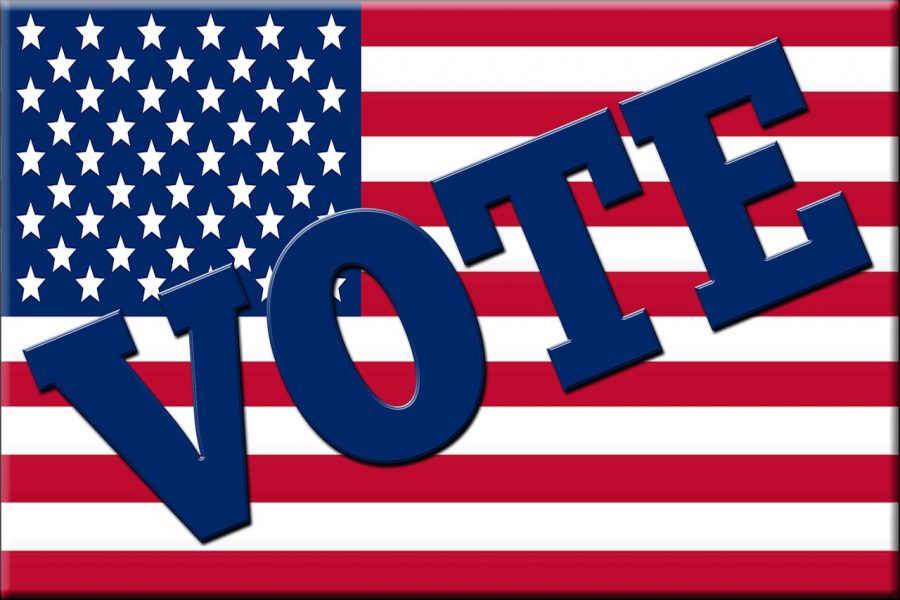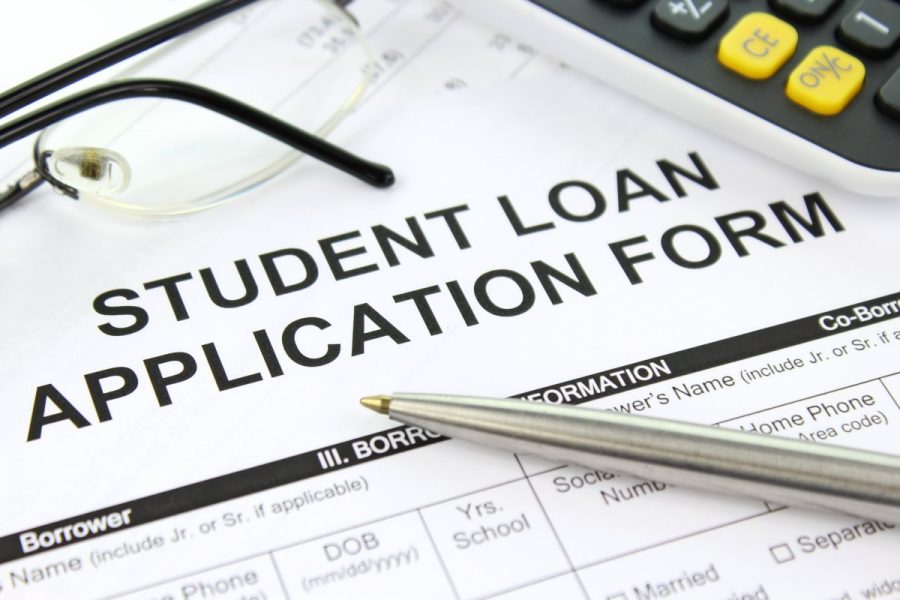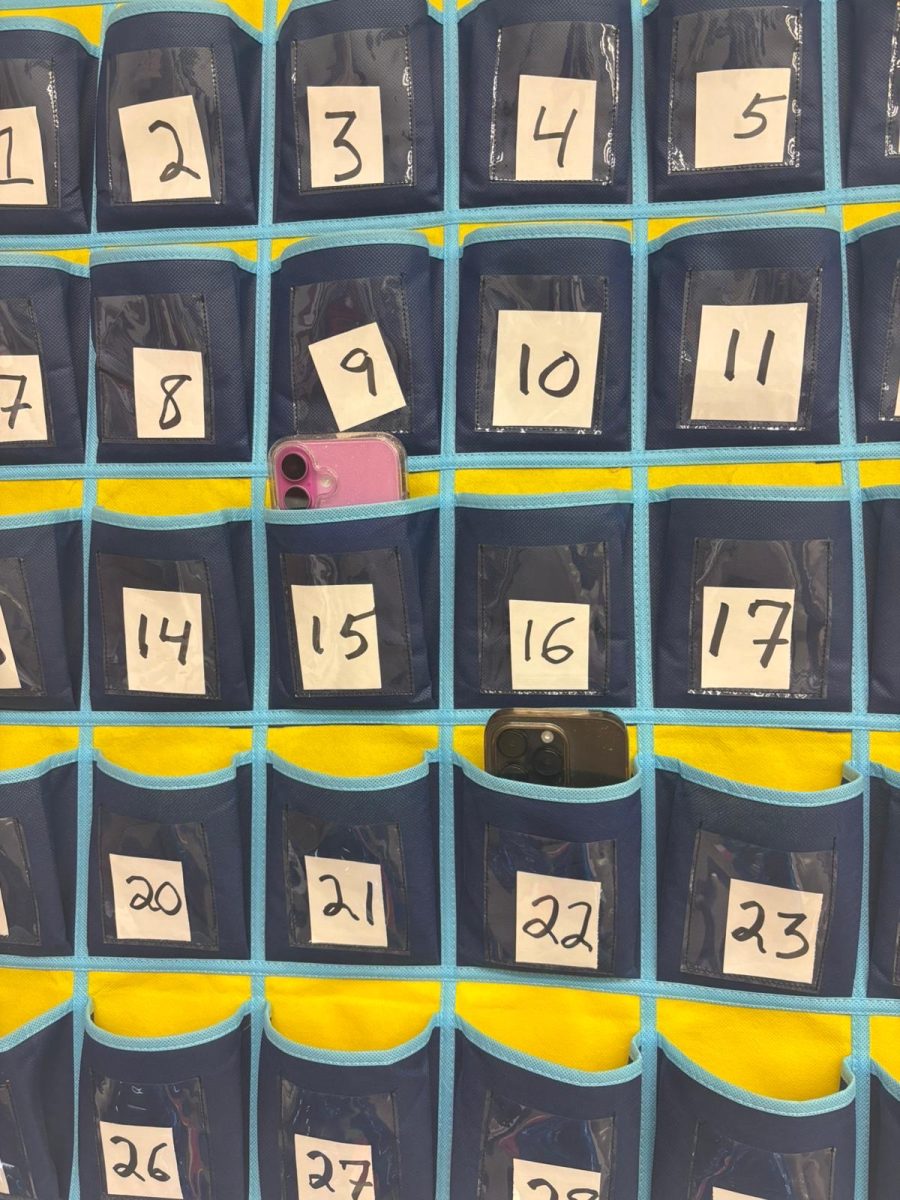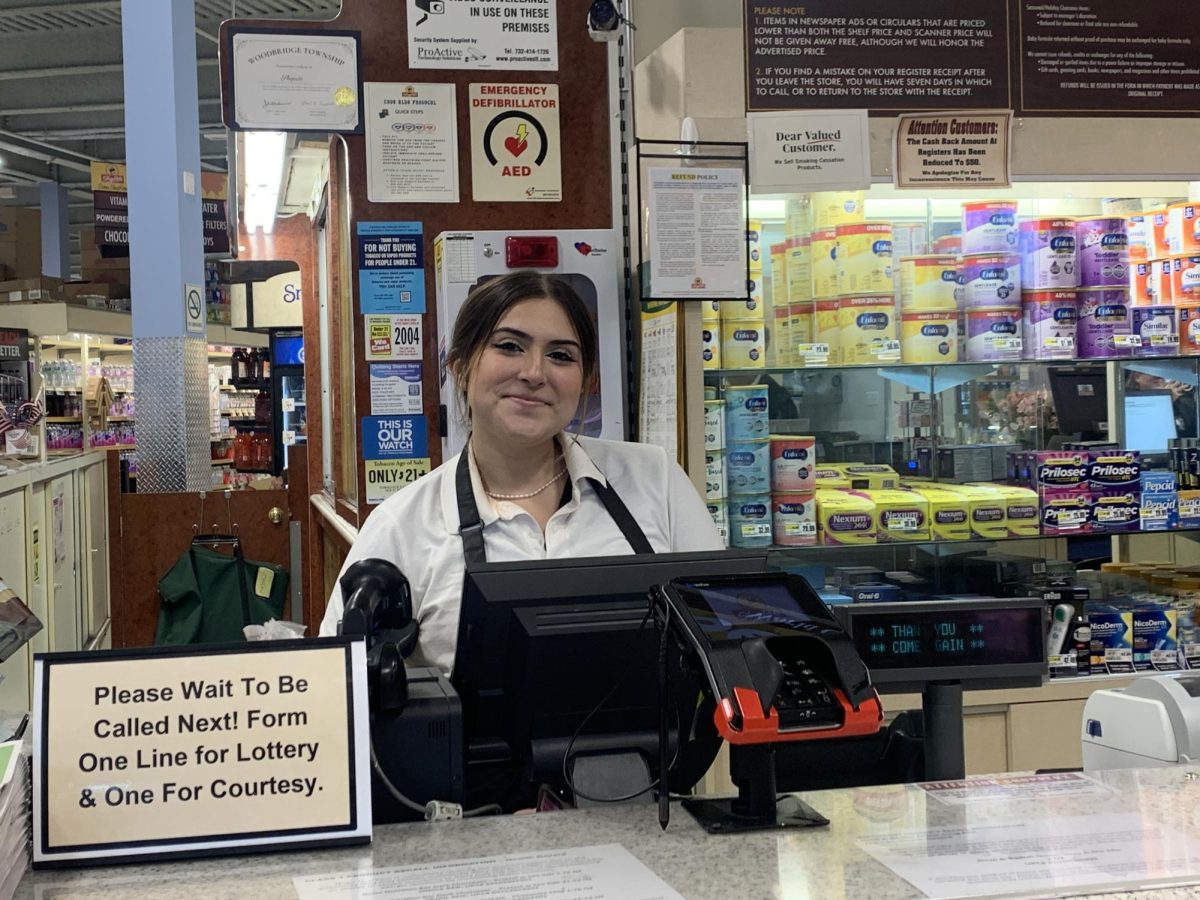Every year there are more people in the United States that are eligible to vote. At eighteen, they have the right to vote at all upcoming elections. Not all of those people understand what to bring to vote and what or who they are voting for.
In my opinion, I think that people should research who the candidates are and what they are planning to change for the country, state, etc. I feel that too many people just jump on the bandwagon and vote for who most people are voting for without understanding who they are actually electing.
Everyone who is going to vote on Election Day should know exactly what and what not to bring or wear. According to Wisconsin Elections Commission, the most important thing to bring is an ID. That can be either a license, a school ID, passport, etc. Voters should NOT wear any items of clothing with political graphics or phrases on them. Many voters should be quiet about their political views while voting. This will prevent arguments between people who feel strongly about their political party break out.
According to Brenda A. Gadd, there are six easy steps to voting. These six steps help first time voters understand the process of voting. Step one is to register to vote. There are a couple different ways to register to vote. You can register online, in person, or on a paper form. Step two is to research political parties and candidates. “By researching parties and candidates, informed voters are able to make knowledgeable decisions about who their votes support.” Step three is to know the issues. What this means is to research what the candidate is planning to do once they are elected. How are they going to make things better? Or can this possibly make this situation worse?
Step four is to check state rules and regulations. Gadd states that, “Most voting stations are open at least 12 hours on election day, allowing students or those with busy work days ample time to vote. Although only 35 states currently require voters to show a photo ID, first-time voters who registered by mail have other requirements. According to federal law, individuals who have not voted previously must bring a valid photo ID or a bill, pay stub, or government document showing their name and current address.”
Step five is to find your polling place. The polling places are assigned to the voters by their home address. Step six is to cast your ballot. Voting is all done electronically now so they’re all on touch screens. Gadda also says that “Voters may not have to vote for every office on the ballot, and are also allowed a write-in if the candidate of their choosing is not on the official ballot.”
All voters should have the opportunity to choose the candidate that they agree with the most. They should also choose who they believe will help solve many federal, state and local problems such as economics. Although most teens don’t personally care if taxes go up, they need to think how that might affect their family’s situation. It is a trickle effect that should be considered; if parents have to pay more in taxes, they might have less to give to their kids for things such as college and thus the students may have to get a job or go without.
Another thing to note is don’t fall prey to propaganda and slanderous commercials. Many young voters may be unsure on who to choose on Election Day. Researching the candidates is definitely much better than just jumping on a bandwagon. Also, who you vote for is a private matter and does not need to publicized. Keeping your vote to yourself will allow the voter to feel more free to vote as they see fit rather than voting a certain way to conform to the masses or voting a certain way to avoid social media backlash. Voting in an political election is not the same as voting for Homecoming. Electing the wrong officials can have consequences so please take the necessary steps to vote responsibly.












